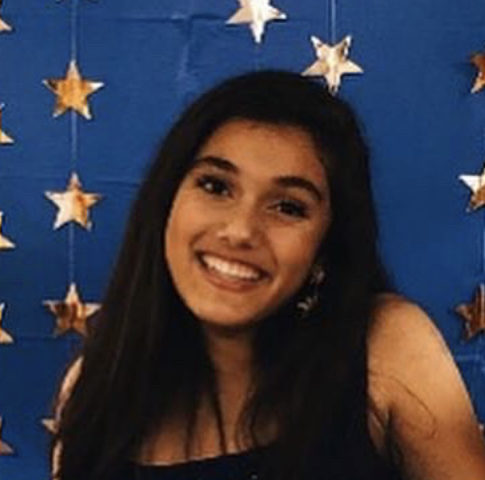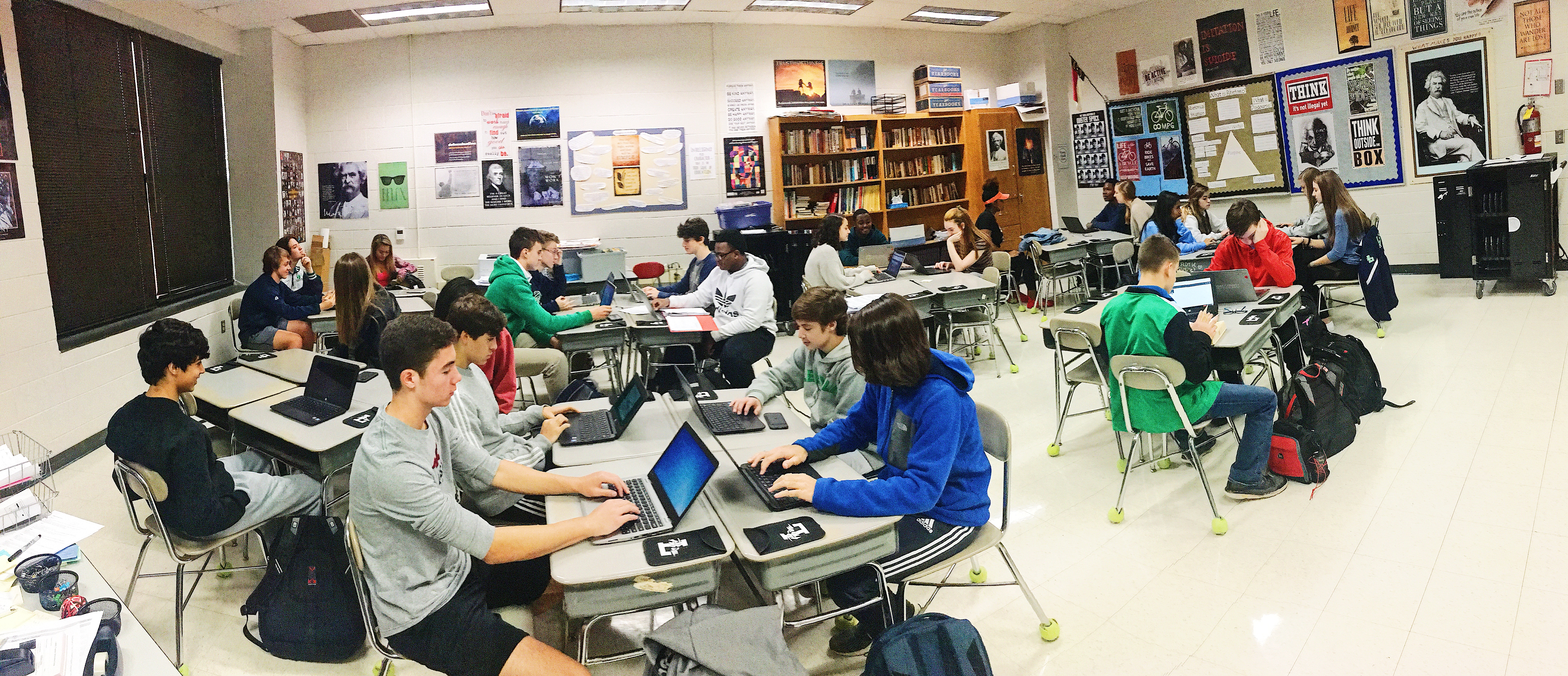High school is a time period during which we grow, develop, and come of age. However, each and every teenager experiences a unique search for identity before then. We explore the concept of community and belonging in every aspect of life that requires our attention: schoolwork, extracurricular activities, jobs, driving, friends, relationships, family, and our own selves.
Although often subtle, social divisions within the country’s youth are undoubtedly evident today. Schools are one of the many places where race, sex, class, appearance, age, history, grades, and interests tend to be the defining factors when it comes to cliques and friend groups. We can consolidate the question of why and how we choose to separate into a more feasible investigation: What composes the tribe (group of friends one makes) of the modern high schooler?
“Vibe and Tribe,” new in December of 2018, will be an unprecedented monthly exploration into the lives of 5 students at Leesville Road High School as they, their identities, and their stories develop, change, and grow over the 2018-2019 school year.
Leesville Road High School, with its 2,500+ students, is a society of its own, and the students here are no exception to the identity crises and tribe formations that seem to be part of human nature.
One of the most sensitive yet palpable of the labels that define our tribes is race. Segregation was a rule five decades ago, but now it seems to be a choice– one that some people believe is justified.
Very few “friend groups” contain both white and black people, which seems to be a mutual choice rather than exclusion. Mr. Broer’s 3rd period Paideia English Honors class is comprised of freshmen. Among the 32 students, 6 are black, 5 of whom are female. Recently, Broer allowed the students to divide into groups of their own choosing to work on a project about the book Animal Farm. The 6 black students congregated, while the remainder of the class split amongst themselves.
Danielle Mankessi, a member of the class’ black community, explained her perspective on why they chose to work together. “[Around white people] I have to watch what I say, or maybe talk a certain way. Because of the cultural difference, they might not understand what I’m saying,” she said. “It’s not just white people towards black people — it can be the other way around…. People make it like that, like, ‘white girls dress a certain way,’ or, ‘black girls dress a certain way, act or talk different.’”
“You feel comfortable around people that you know or like…people you know have the same problems or have the same things to talk about, so you would go hang out with them more than someone that you have nothing in common with,” said Mariah Kern, another woman of color in Broer’s 3rd period.
She and Danielle worked together during the Animal Farm project.
“Obviously we can’t get rid of racism, but I think that’s the root of all the problems [of this respect]…. If we could educate [others] on black history then they would understand more, and then we wouldn’t have such a division between us,” said Kern. “I have friends that are white, and I have friends that are black…. It’s all about if we want to listen…. There are white people that go to Black Student union. They’re the ones that want to listen,” she said. “I don’t think you can motivate someone and say, ‘go sit with them,’ or ‘don’t be a bully….’ They have to have that in themselves.”
However, race is not the only factor that shapes friend groups or contributes to a students’ feeling of belonging. A less controversial and certainly unambiguous determinant is interests, or “vibe.” For example, students who are considered “emo” tend to stick together because they identify with each other’s interests, values, opinions, and relationship to other members of the given society– in this case, the high school.
Matt Cash is a Caucasian, male freshman in Broer’s 3rd period. The members of his friend group all share a particular interest in longboarding — an activity that they do together and therefore bond over. “We hang out around the neighborhood, which basically just means skateboarding around, longboarding around,” said Cash. “It was easier to people I was like, good friends with, than to make new friends…. I think that’s how most friend groups are formed…. If you’re in the chorus, and you all sing, then I mean, you’re just gonna be together during chorus practice and stuff.”
Rahul Subramanian is a senior at LRHS whose friend groups have evolved substantially throughout the past three years. He is a first-generation American in an Indian family tree, and feels the effects of stereotypes everyday as they affect others’ perception of him and conflict with his own self-perception.
“Walking into the school, people probably expected me to be, like, a really smart kid who’s not as social, and he just stays at home, and that’s not really who I am at all.”
“I’m friends with people who are like me, like same personality: really social, really athletic and like, nice people…. Most of my friends and I got close through work, like homework and stuff, we’d get together on FaceTime, and slowly we’d start talking about other stuff not just work… and our friendships started there.”
Subramanian has been a member of Leesville’s men’s’ tennis team all three years, and hopes to continue in the spring season. “Playing on the tennis team was a really big influence…. because I met a lot of people who share the passion and love for the sport.”
“I think Leesville’s divided by personality and social skills more than anything, like, if someone is not as smart as another but they can talk and get along with others, they’ll be more respected than the smartest kid in school.”
Subramanian’s bond and choice to interact with those he shares interests with is related to that of Mankessi and Kern’s in that all three inclined towards their comfort zones, or “what they know.” The tendency to flock to the familiar is also applicable for Matt Cash, who relates to and feels connected with his fellow longboarders.
The average high schooler tends to identify themselves by their race, cliques, interests, and history. They stick with their tribe and rarely mix for fear of unacceptance, lack of understanding, or disagreement– all barriers that prevent the intermingling of cliques and friend groups.
Leesville Road High School is a society of its own but is no exception to the fact that birds of a feather flock together. Whether the separational tendencies of teens are for better or for worse is another discussion. Stay posted for the next monthly installment of Vibe and Tribe.

Hi! My name is Jannah and I am a senior editor and multimedia editor for The Mycenaean. I am also a math tutor, engineering intern, and a tennis player.

Leave a Reply